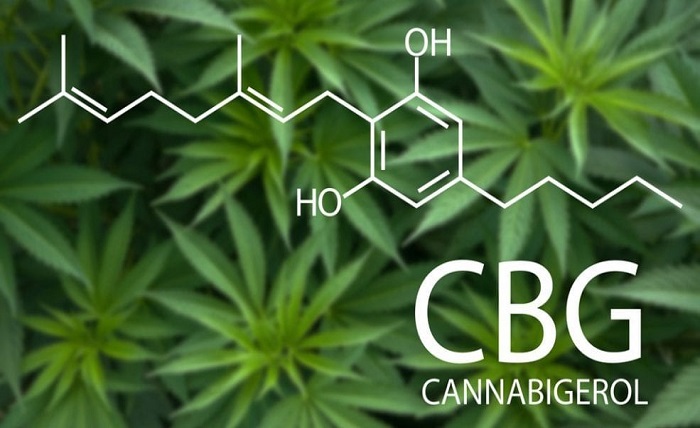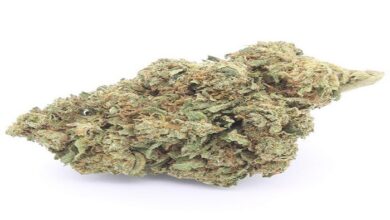CBD Abbreviation: What Does It Mean and How Is It Used?

CBD is a term that you may have come across in various contexts, such as health, wellness, cannabis, or hemp. But what does CBD stand for and what does it mean? In this article, we will explore the different meanings and uses of CBD as a medical abbreviation.
CBD as Cannabidiol
One of the most common meanings of CBD is cannabidiol, which is a natural compound found in cannabis and hemp plants. Cannabidiol is one of the many cannabinoids, or chemical substances, that interact with the endocannabinoid system in the human body. This system is responsible for regulating various functions, such as mood, pain, inflammation, sleep, appetite, and memory
Cannabidiol has gained popularity in recent years for its potential health benefits, such as relieving pain, anxiety, epilepsy, and inflammation. Unlike another well-known cannabinoid, tetrahydrocannabinol (THC), cannabidiol does not cause intoxication or euphoria, which are commonly associated with cannabis use
CBD can be extracted from cannabis or hemp plants and used in various forms, such as oils, capsules, tinctures, edibles, vapes, creams, and balms. CBD products are widely available online and in some stores, depending on the legal status of cannabis and hemp in different regions. However, the quality, safety, and effectiveness of CBD products may vary depending on the source, extraction method, dosage, and formulation. Therefore, it is advisable to consult a doctor before using CBD for any medical condition
CBD as Common Bile Duct
Another meaning of CBD is common bile duct, which is a part of the biliary tract in the human body. The biliary tract consists of a network of tubes that carry bile from the liver and gallbladder to the small intestine. Bile is a fluid that helps digest fats and eliminate waste products from the body
The common bile duct is formed by the union of the common hepatic duct and the cystic duct. It ends by uniting with the pancreatic duct to form the hepatopancreatic ampulla. The common bile duct has its own sphincter muscle that regulates the flow of bile into the small intestine
The common bile duct can be affected by various problems, such as obstruction, infection, inflammation, or cancer. Some of the symptoms of common bile duct disorders include jaundice (yellowing of the skin and eyes), abdominal pain, fever, nausea, vomiting, dark urine, and pale stools. Some of the causes of common bile duct obstruction include gallstones, tumors, inflammation, scarring, or congenital anomalies
Common bile duct disorders can be diagnosed by various tests, such as blood tests, ultrasound, magnetic resonance cholangiopancreatography (MRCP), endoscopic retrograde cholangiopancreatography (ERCP), or percutaneous transhepatic cholangiography (PTC). Treatment options may include medication, surgery, endoscopy, or stenting.
CBD as Other Medical Abbreviations
CBD can also stand for other medical abbreviations that are less commonly used or specific to certain fields or disciplines. Some examples are:
- Corticobasal degeneration: A rare neurodegenerative disease that affects the cerebral cortex and basal ganglia. It causes progressive movement disorders, cognitive impairment, and behavioral changes.
- Case-based discussion: A form of assessment or feedback that involves discussing a clinical case with a supervisor or mentor. It aims to evaluate the performance and competence of a trainee or practitioner in various aspects of clinical practice.
- Chronic beryllium disease: A lung disease caused by exposure to beryllium dust or fumes. It causes inflammation and scarring of the lung tissue and can lead to respiratory failure or pulmonary hypertension.
- Competence by design: A model of medical education that focuses on developing specific competencies and milestones for each stage of training and practice. It aims to ensure that graduates are competent and ready to meet the needs and expectations of patients and society.
Conclusion
CBD is a medical abbreviation that can have different meanings depending on the context and field of application. The most common meanings are cannabidiol and common bile duct, which are related to different aspects of health and wellness. However, CBD can also stand for other medical terms that are less frequently used or specific to certain disciplines or conditions.
Therefore, it is important to be aware of the different meanings and uses of CBD as a medical abbreviation and to clarify any ambiguity or confusion when communicating with others about CBD-related topics.
Also read about Choice home warranty



